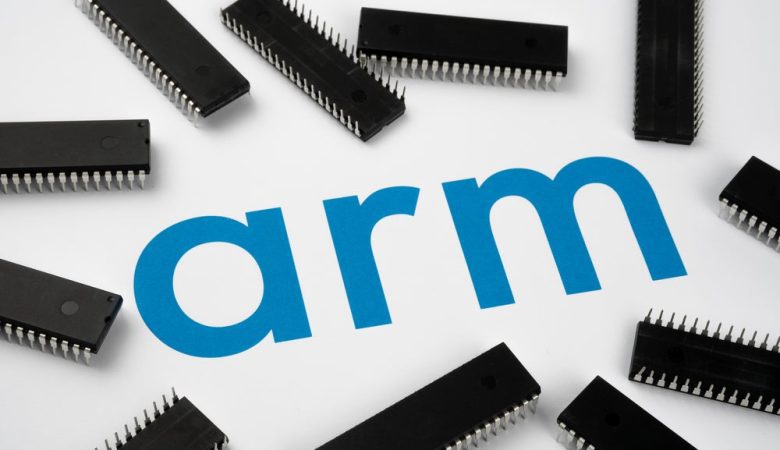
Half of the world’s habitable land is used for agriculture, and most of it is occupied by livestock.
The rest are used to grow crops and can meet almost all food needs of the entire planet’s population. Due to excessive industrialization, climate change, erosion and pollution, the total amount of arable land has been decreasing over the past few decades.
As poor farmers are unable to monitor and maintain crops, even arable land is losing its ability to grow healthy crops. To reverse this situation, researchers have introduced the concept of using the Internet of Things for soil monitoring to solve problems faced by farmers.
Challenges facing agriculture
In addition to weather factors, soil fertility, temperature, and water content also play a vital role in the health of crops. However, most farmers who own small plots do not have the ability to monitor the quality of the soil. They have no way of knowing whether the pH of the soil is appropriate, whether there is enough water in the soil, and whether the temperature of the soil allows the water content to be maintained until the next irrigation cycle. Because they cannot monitor these characteristics on the land, it is difficult for them to maintain these values at ideal levels.
As farmers have no way to monitor and change these values, the crops they grow are not only unsatisfactory in terms of yield, they are also often undernourished. Lack of monitoring also results in wasted resources and even damage to crops due to over-irrigation or over-fertilization. In the long run, this will not only harm the economic prospects of farmers, but also the health of consumers.
Benefits of using IoT for soil monitoring
By embedding IoT sensors in agricultural soil, farmers can monitor the moisture content of the soil and understand its chemical composition in real time, 24/7. When the water content in the soil or the content of nitrogen, potassium, phosphorus, sulfur and other elements reach unsatisfactory values, these devices can automatically notify farmers. By monitoring this data, they can restore these levels to the necessary values by using the appropriate chemicals.
In addition, farmers can know when to water their crops and to prevent them from wasting water. As a result, they can ensure that crops, from sowing to harvesting, are grown in perfect soil conditions. To make these soil properties easier to monitor, the soil health monitoring and recommendation system can be synchronized with a smartphone.
Therefore, using the Internet of Things for soil monitoring can bring immeasurable benefits to farmers. However, this technology may not have the expected impact in underdeveloped and developing regions, as farmers there do not understand technology and soil chemistry. Therefore, before implementing IoT smart agriculture in such areas, it is important to first educate and support these farmers.











